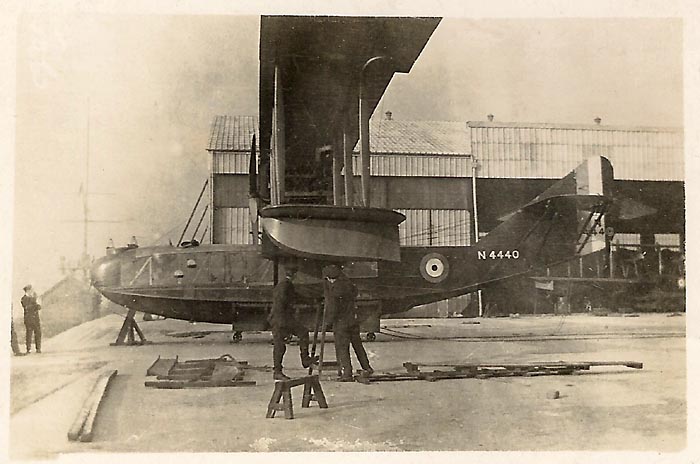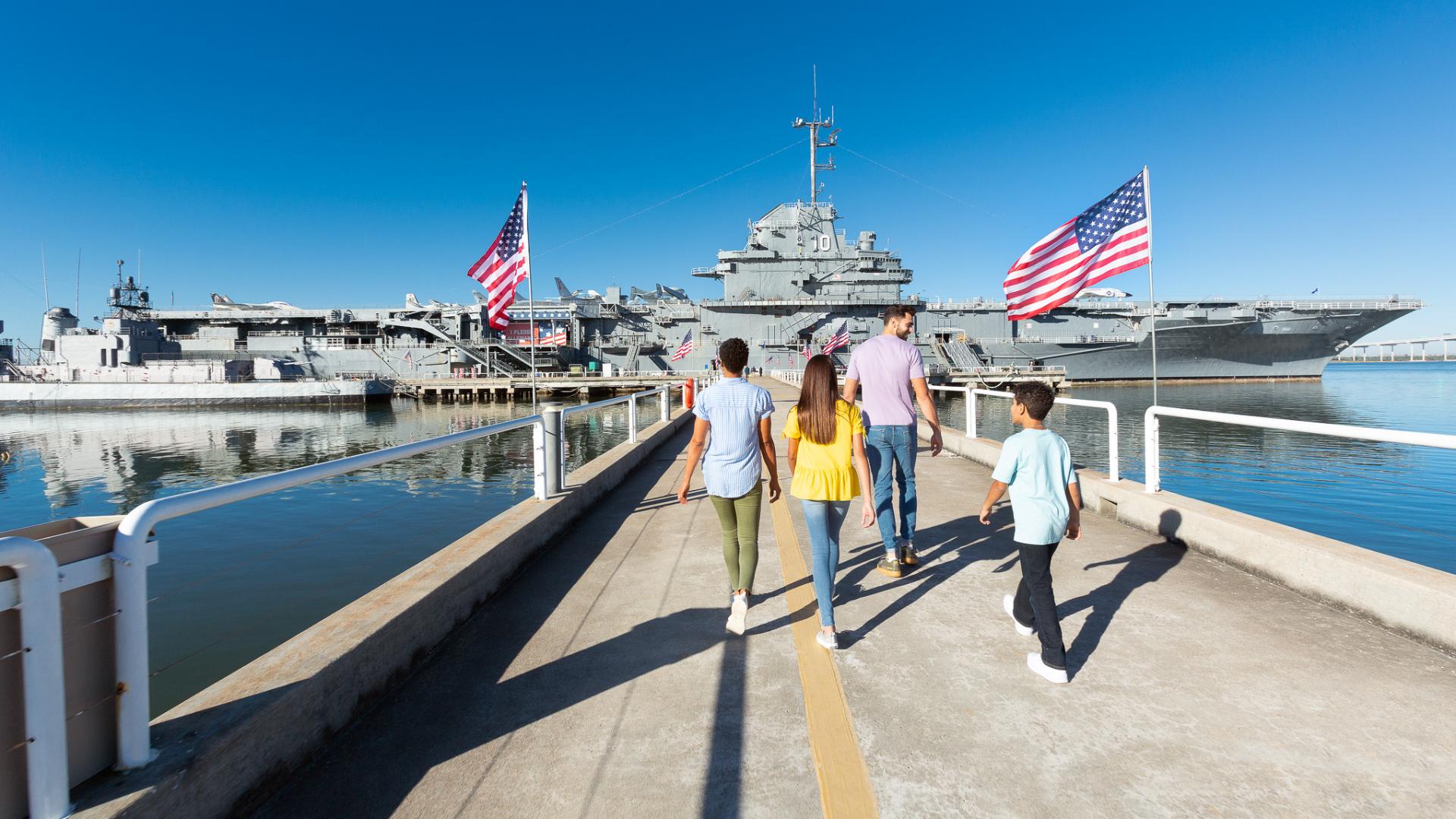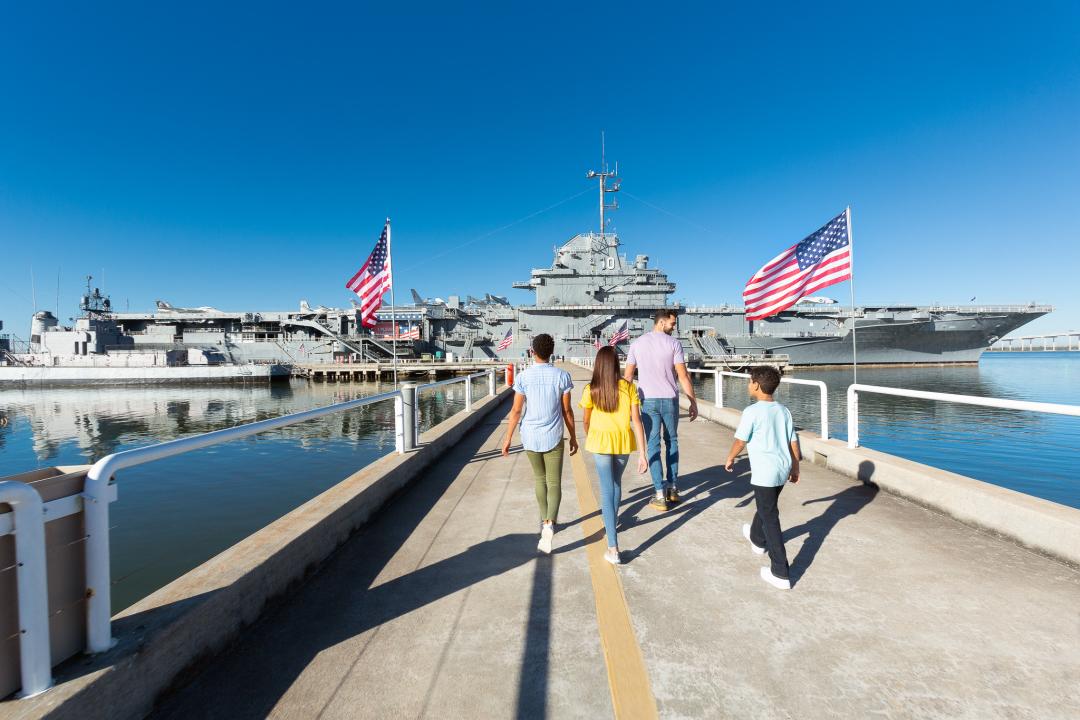
A group of Yale students volunteered to form a flying unit for the United States Navy in February 1917 and they enlisted in the United States Naval Reserve as seamen second class on 16 April 1917, ten days after the American declaration of war. They were ordered to Buffalo, New York, for flight training at Glenn Curtiss's aeroplane factory and completed initial flight training in the Curtiss F boat. By September the young Yale pilots had logged enough solo time to qualify to take the Naval Aviator's test, and by the end of October, all twelve had passed the test. They received their wings of gold and commissions as Ensigns in the Naval Reserve.
In November 1917, seven of the twelve would be ordered overseas to Admiral Sim's headquarters in London. From England they traveled to Moutchic, France, for training in the French FBA flying boat, which had a pronounced tendency to spin in when doing left turns. The Yale pilots proceeded to only make right hand turns in flying this beast.

After a few weeks of making right-handed turns, three pilots were ordered to the Royal Naval Air Station at Felixstowe, England, and two to the United States Naval Air Station at Dunkerque, France. On 19 March 1918, Ensign Stephen Potter flying a British F2A flying boat would become the first naval aviator to shoot down another aircraft with his kill of a German flying boat. A few weeks later, he would be the target of seven Brandenburg monoplane seaplanes and would be in turn shot down in flames (Read the New York Times article of 22 May 1918 here). A World War II Fletcher class destroyer would be named for him.


Two more Yale pilots, Ensign Hawkins and Schieffelin were sent to the United States Naval Air Station at Killingholme, England, and flew the Curtiss H-16 flying boat. They made two attacks on German submarines and were given credit for damaging one and possibly helping to sink the second. Another American first by the Yale pilots in attacking submarines from the air.

Ensign Hawkins, who was the most talented pilot in the group, was sent up one night in bad weather to hunt for Zeppelins heading for England. At this time, there was no instrument flying and bad weather combined with night flying would kill many a pilot (in fact, this same night mission accounted for a Royal Navy flying boat disappearing). Ensign Hawkins was from El Paso, Texas, and was known as "Tex." Cruising at 10,000 feet, which was as high as the H-16 would go, Tex thought he saw the engine exhaust of the Zeppelins. He set course for the Zeppelins and after about 30 minutes, he agreed with his co-pilot that the red spot was the planet Mars. Not only has the United States Navy have credit for the first man on the moon, Neil Armstrong - Naval Aviator, but the first pilot to set course for Mars was Ensign Hawkins in 1918!
The Second Yale Unit pilots did very well in combat and the dangers of flying in the early years of Naval Aviation. Of the pilots, four were awarded Navy crosses, one was made a Chevalier, Legion d'Honneur, one Croix de Guerre, and later two destroyers named for pilots (USS Potter above and the USS McCormick).

